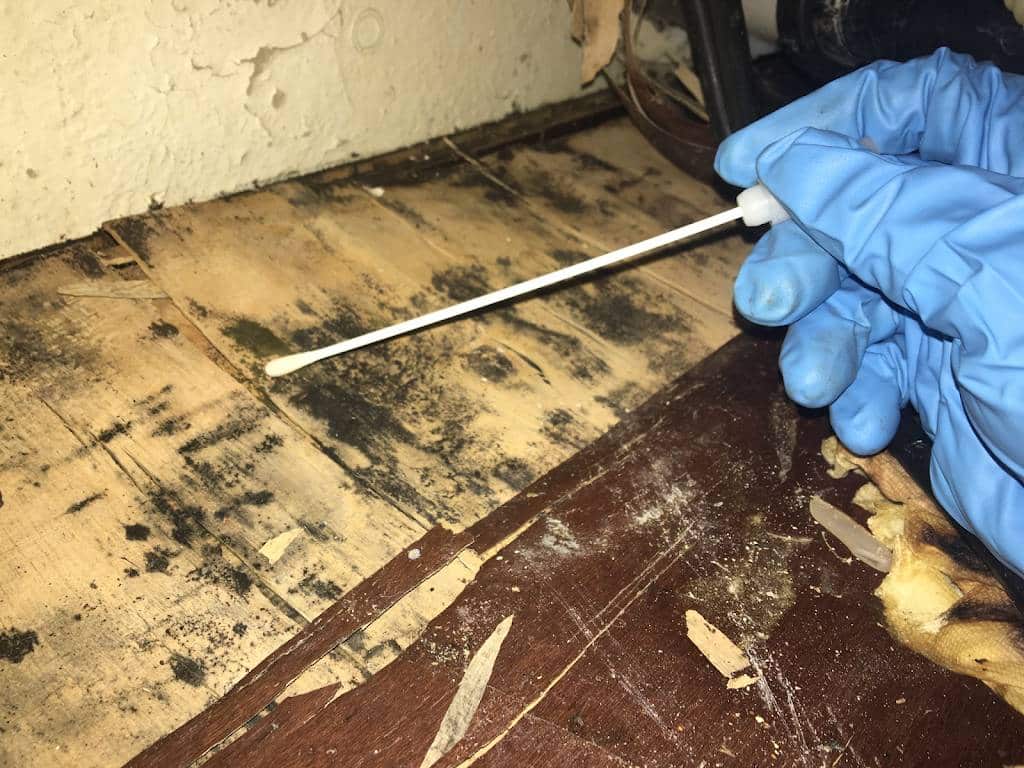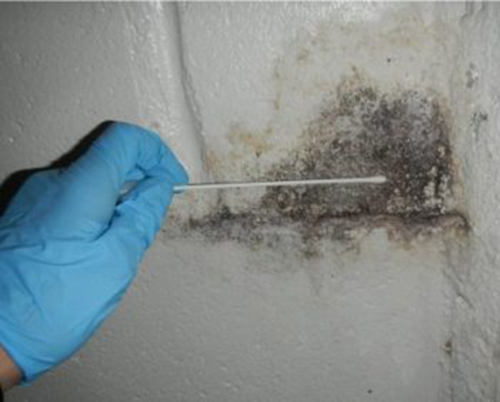After Mold Remediation Methods for Tidy Spaces
After Mold Remediation Methods for Tidy Spaces
Blog Article
Your Ultimate Guide to Post Mold And Mildew Remediation Techniques
In the aftermath of mold and mildew invasion, recognizing exactly how to successfully eliminate the mold and mildew and stop its reoccurrence is paramount for preserving a healthy and balanced indoor atmosphere. From picking the right cleaning and sanitizing techniques to implementing methods for long-lasting mold avoidance, each action in the removal trip plays a vital function in making sure a successful outcome.
Recognizing Post-Mold Removal Refine
After completing the mold removal procedure, it is essential to comprehend the post-mold remediation techniques that are required to guarantee a efficient and complete clean-up. As soon as the mold has actually been gotten rid of, the following action involves cleansing and sanitizing the affected areas to avoid any regrowth of mold. This consists of using specialized cleaning agents to clean down surfaces and kill any continuing to be mold and mildew spores. It is necessary to dry out the location completely to prevent the development of mold and mildew in the future (After mold remediation). Appropriate air flow and dehumidification can aid in this procedure.
Additionally, performing a last inspection post-remediation is vital to make certain that all mold and mildew has actually been effectively gotten rid of. This assessment must involve a detailed visual check along with potentially air sampling to confirm the absence of mold and mildew spores airborne. If the examination exposes any type of sticking around mold, extra removal may be needed. Finally, educating owners on safety nets such as regulating dampness levels and promptly attending to any water leakages can assist keep a mold-free atmosphere.
Efficient Cleaning Up and Sanitizing Techniques

Protecting Against Future Mold And Mildew Development

Importance of Appropriate Air Flow
Proper air flow plays a vital duty in avoiding wetness build-up, a vital factor in mold and mildew development within interior environments. Efficient ventilation systems aid remove excess humidity from the air, decreasing the possibilities of mold and mildew spores discovering the moisture they need to spread and sprout. Without sufficient ventilation, interior spaces can come to be a breeding place for mold, leading to possible health and wellness dangers and architectural damage.
By making sure proper air flow, ventilation systems can likewise assist in drying out damp areas faster after water damage or flooding cases, better deterring mold growth. After mold remediation. Precede like shower rooms, kitchen areas, attic rooms, and cellars where wetness degrees have a tendency to be greater, mounting and preserving effective air flow systems is critical in avoiding mold invasions

Monitoring and Maintenance Tips
Offered the important duty that proper ventilation plays in stopping mold growth, it is crucial to establish effective surveillance and upkeep pointers to make sure the continued capability of air flow systems. Normal inspections of ventilation systems should be carried out to inspect for any kind of indications of blockages, leakages, or malfunctions that could hinder proper air flow. Tracking humidity levels within the residential or commercial property is also critical, as high humidity can add to mold development. Setting up a hygrometer can help track humidity degrees and sharp home owners to any spikes that may call for attention. Additionally, ensuring that air filters are regularly cleansed or changed is essential for preserving the efficiency of the ventilation system. Carrying out a routine for regular upkeep jobs, such as air duct cleaning and heating and cooling system examinations, can help prevent concerns prior to they rise. Resources By staying conscientious and proactive to the condition of air flow systems, residential property owners can efficiently mitigate the risk of mold and mildew regrowth and preserve a healthy indoor atmosphere.
Verdict
Finally, post-mold removal methods are essential for guaranteeing a tidy and safe atmosphere. Understanding the process, carrying out reliable cleansing and sanitizing techniques, preventing future mold development, preserving proper air flow, and normal monitoring are all important actions in the remediation procedure. By adhering to these standards, you can efficiently remove mold and avoid its return, functioning or advertising a healthy living area for all passengers.
In the after-effects of mold infestation, recognizing how to effectively eliminate the mold and mildew and stop its reoccurrence is vital for maintaining a healthy indoor setting. As soon as the mold and mildew has actually been gotten rid of, the next action includes cleansing and disinfecting the impacted locations to prevent any kind of regrowth of mold and mildew - Post Mold Remediation Report. After getting rid of noticeable mold growth, it is crucial to cleanse all surfaces in the afflicted location to remove any kind of staying mold spores. To additionally improve mold and mildew avoidance steps, it is important to resolve underlying concerns that initially led to mold and mildew advancement.Given the essential duty that proper air flow plays in avoiding mold development, it is important to establish reliable monitoring and maintenance ideas to make sure click to read the continued performance of air flow systems
Report this page